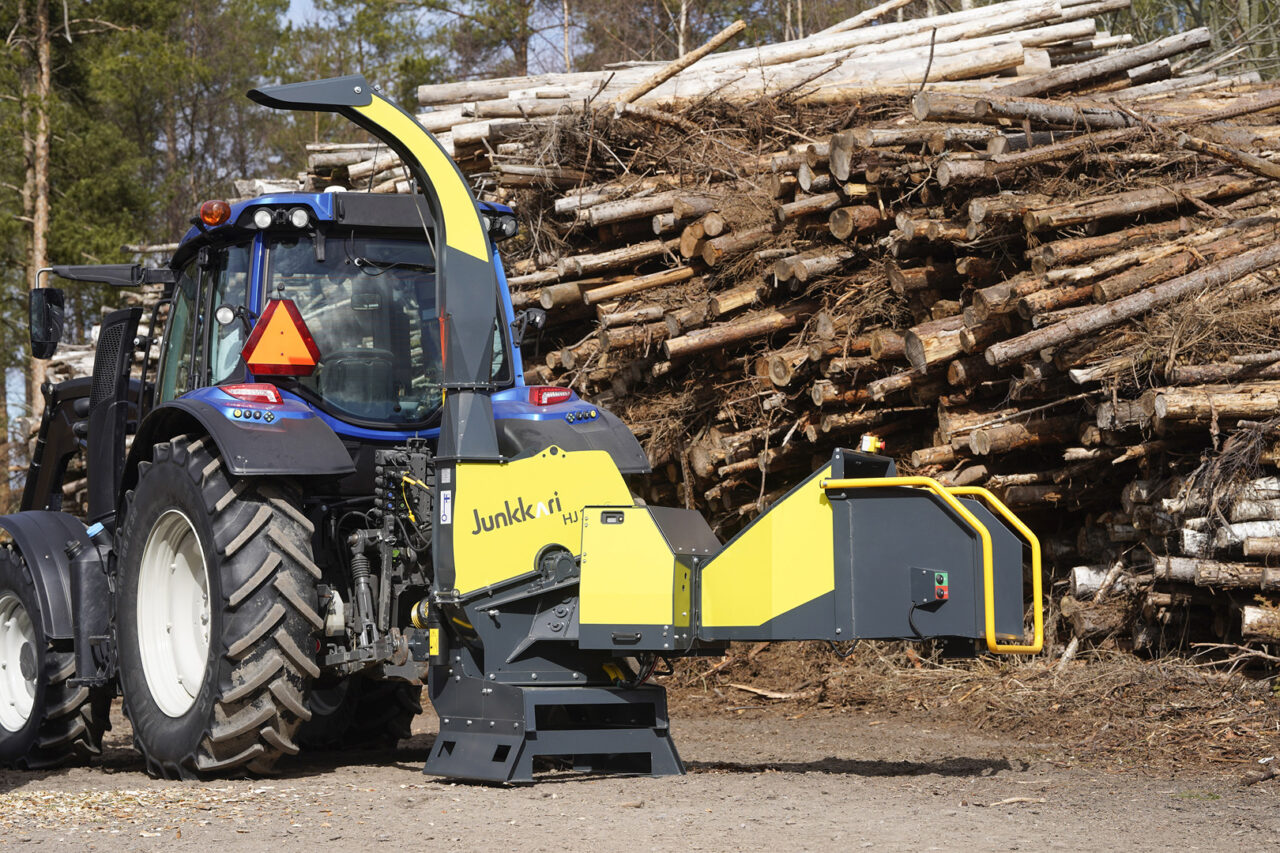The use of wood chips has increased for both heating and landscaping purposes. Its characteristics, such as its local availability, affordability and environmental friendliness, make it an attractive option.

Versatility of wood chips
Wood chips refer to small pieces of wood material shredded with a chipper. Agricultural byproducts and timber generated during forest management can be utilized as wood chips, reducing waste, supporting sustainable development, and yielding economic benefits.
The use of wood chips has increased in recent years. One important use for wood chips is heating. The advantages of wood chips for heating are its local availability and low costs compared to traditional fuels.
The popularity of using wood chips has also increased enormously in landscaping and maintenance of green areas. Wood chips serve as an easy-to-maintain ground cover. Spreading wood chips in an area prevents weed growth and facilitates area maintenance, reducing the need for constant upkeep.
The applications and quality requirements determine the type of wood chips needed. Determining the origin of wood chips is considered increasingly important for both their quality and sustainability.
Expanding opportunities for wood chips
The European Union has set several directives and regulations related to promoting renewable energy, energy efficiency, and environmental protection. These directives also apply to the production, use, and marketing of wood chips.
The EU’s target of raising the share of renewable energy sources to 32 percent by 2030 creates growing opportunities for broader use of wood chips. Biomass fuels like wood chips are accepted as renewable energy sources, and the directive promotes sustainable production and use of wood chips.
Producing more wood chips in Finland
Wood is a renewable natural resource and the use of wood chips reduces dependence on fossil fuels such as oil and coal. Sustainable forest management and utilizing timber in the form of wood chips help reduce the waste generated from forest logging. This way, forestry can be more efficient and sustainable.
Increasing wood chip production can diversify energy production and reduce dependence on a single fuel source. A diverse range of energy sources is crucial for economic stability and energy security. Wood chip usage can also help smooth out fluctuations in the energy market.
Junkkari chippers
Junkkari chippers are disc chippers. We have over 40 years of experience in manufacturing chippers, with over 10,000 units produced.
The principle of operation for a disc chipper is to feed wood towards a cutting disc, which chips it off in small pieces. The wood is fed either with the assistance of hydraulic feed rolls or a feed conveyor. The speed of the rolls is continuously adjustable and easy to control. The chips fly off the blades onto the outer blow paddles of the disc, where they are crushed, and the resulting chips are blown through a spout to the desired location. Simple and efficient!
Junkkari chippers are manufactured in Finland using top-quality materials and components. For example, SKF bearings are used in the disc’s bearings, and each chipper is equipped with a No-Stress rotation monitor to enhance user comfort.
The chippers are always supplied with model-specific, properly dimensioned drive shafts equipped with overload protection and freewheel devices.
Versatile applications
The chip size of Junkkari chippers can be adjusted according to the specific needs, making them suitable for various applications. The wood chips are of consistent quality, making them safe to use even in demanding situations. You can utilize wood chips for heating, energy production, landscaping, composting, and even as bedding material for animals.
In the future, wood materials suitable for energy production will be in higher demand, as their competitiveness increases in fluctuating global markets.
Calculate what’s worthwhile and include the durable and efficient Junkkari chipper in your calculations.